Sikkim’s folk dances are akin to prosperity and gratitude that the people in this Northeastern state in India have in their lives. Although possessing a modest and humble culture, the people of Sikkim have dances that are full of life and vigour. All three major groups of natives, the Nepali, Bhutia and Lepchas in Sikkim have their own dance forms, which they perform on various occasions like harvest, religious festival or sacred function, in short each dance form of these three groups direct one to the better knowledge of their culture, history and art.
The Lepchas in Sikkim, who seemed to be mountain worshippers, perform dance called Chu Faat. This folk dance is performed as a way to honour the most popular mountain peak in Sikkim, Kachenjunga and the neighbouring Mt Pandim, Mt Narshing, Mt Kabru and Mt Simbrum that are believed to possess minerals, medicine, salt, food grains and for that matter, sacred text. Chu Faat Dance is specifically performed on 15th day of the 7th month of the Buddhist calendar. The dancers move around elegantly carrying butter lamps and sheaves of green bamboo while devotional songs are sung. Another dance form of the Lepchas is the Sikmari. The dance is performed by the youth of the tribe, in order to show reverence to the abundance of nature’s beauty and power of love.On the other side, the Bhutia community is known for its variety of folk dances like Singhi Chaam, Yak Chaam, Denzong Gnenha and Tashi Yangku. Bhutias, who were primarily herdsmen and weavers perform Singhi Chaam dance to pay honour to what they refer to as snow lion, a mythical beast that lives in upper regions of Himalaya. The Singhi Chaam dancers like the Lepcha dancers also show reverence to Mt Kanchenjunga and its four companion peaks with their performance, for which they are dressed in white lion costumes and engage in mock fights.
In their Yak Chaam dance, honour to the Yak, an important animal in Sikkim, is offered. The folk dance of Sikkim by the Bhutias also represent the relationship between the herdsman and the Yak. The dancers perform wearing a large Yak-shaped costume and depict war dance or love scenes, and also engage in mock fights and celebratory gigs. The Denzong Gnenha and Tashi Yangku dances of the Bhutia Tribe, on the other hand are religious dances in Sikkim that depict the tribe’s unwavering faith on their gods.
The highlight of Denzong Gneha Dance is the decorative headgear that is made by the women of the tribe, whereas, the performance of Tashi Yangku Dance is said to bring prosperity to the land. With their Khukhuri Naach, Maruni Dance and Chutkey Dance, the Nepali community in Sikkim adds to the flavour. Out of the oldest dances in Sikkim is Maruni that is traditionally performed in the Tihar festival, although, the dance can also be witnessed on the occasion of wedding and births in the community as well. Depicting the victory of good over evil, this dance form is performed amidst the playing of 9 music instruments. The ‘Dhatu Waray’ or a clown gives accompanies the dancers that visit people’s houses. The Nepali community seems extremely fond of their Chutkey Naach, which is performed by young girls and boys in an open air area. The young dancers can be seen dressed with flowers and dancing to the beats of the tambourine and drums. Another popular Nepali dance to be witnessed in Sikkim is Khukhuri that of course, as the name suggests, it symbolizes chivalry of the Nepali community. The dance can also be termed as Warrior Dance since the movements are quick and fierce and the prop is obviously the Khukhuri (Dagger) that depicts victory.








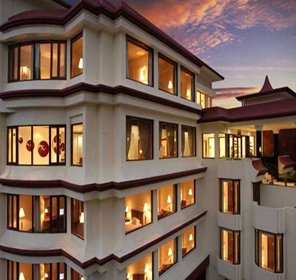
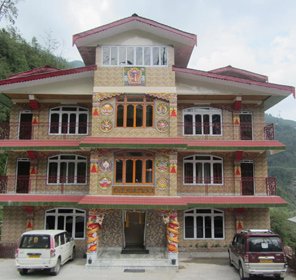
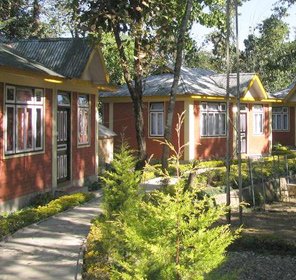
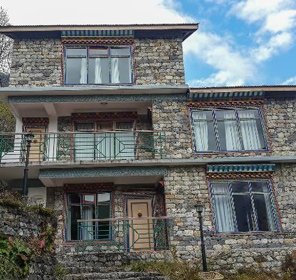
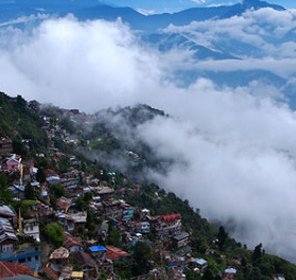
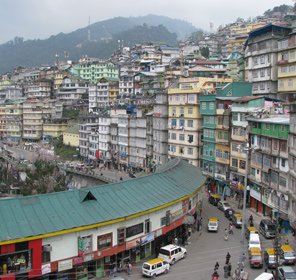
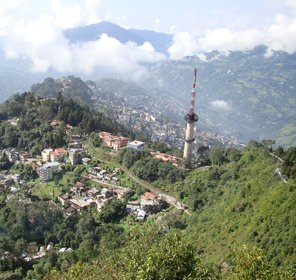
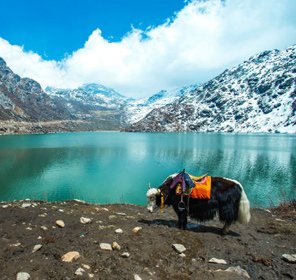
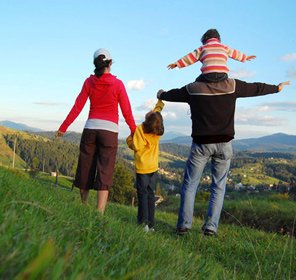

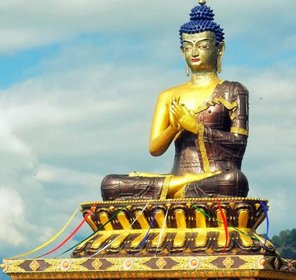
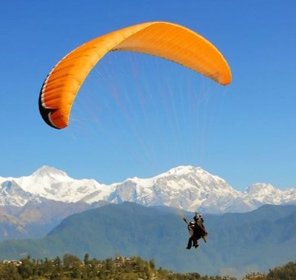
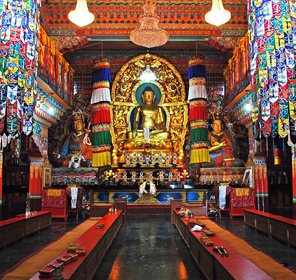
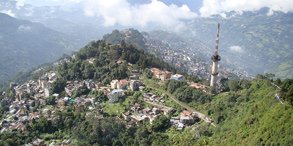
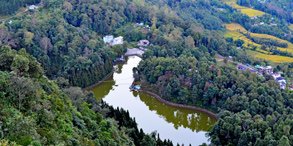

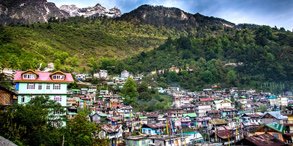
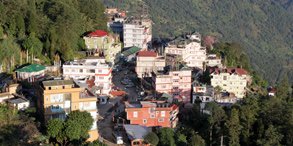
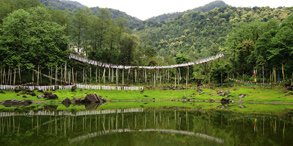
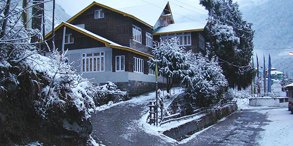
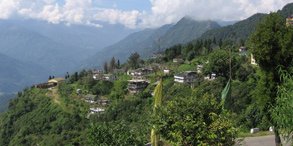
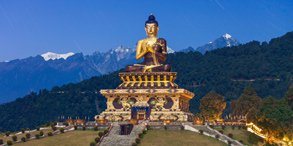
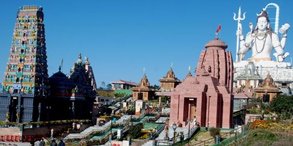
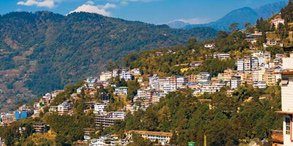
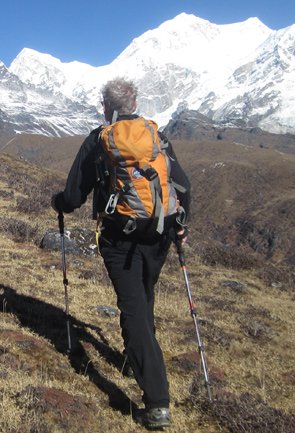
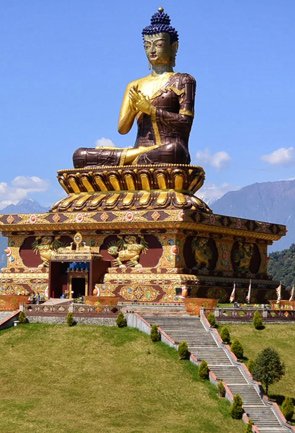

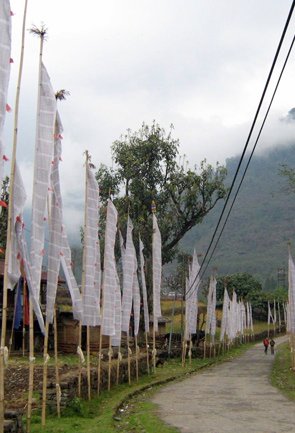
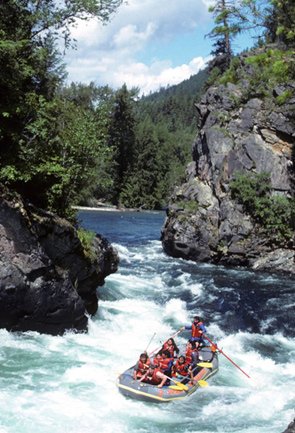

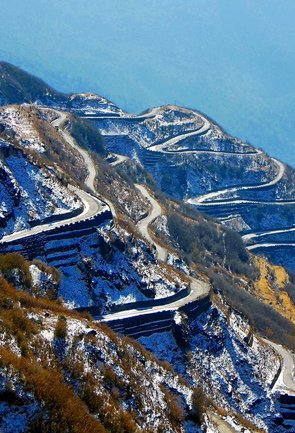

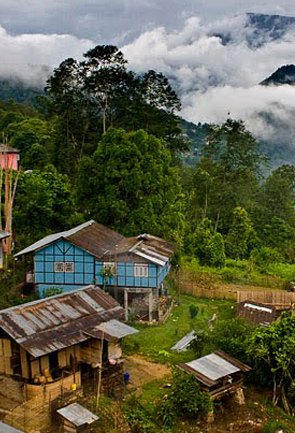
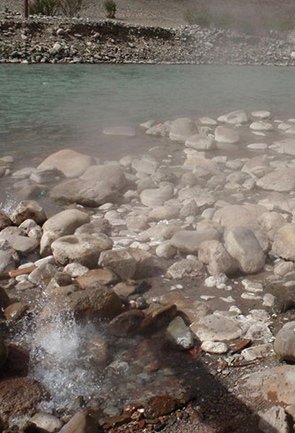
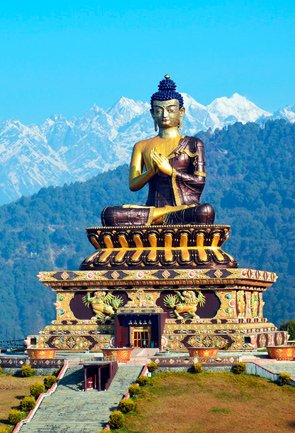

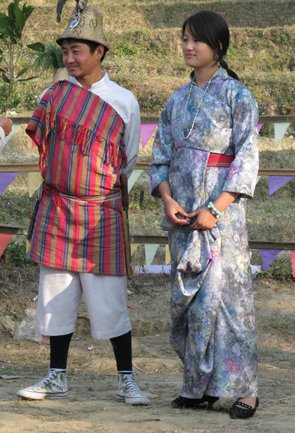
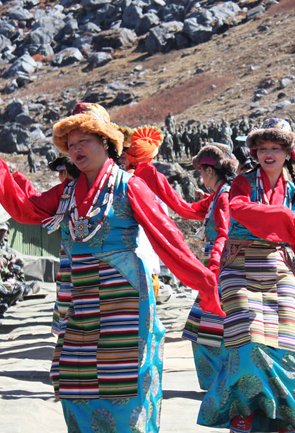
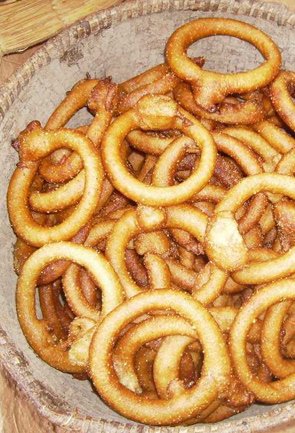


 Plan Trip
Plan Trip Call Us
Call Us Packages
Packages Home
Home